Catch up on the launch of our guide to the FAST Act
Last week, we launched our guide to the FAST Act, covering the shortcomings, omissions and opportunities in the federal transportation law that sets policy and funding for transportation until the year 2020. Download your copy of the guide below and if you missed the launch webinar, catch up with the presentation at the end of this post.
In 2015, Congress adopted their first long-term surface transportation law in more than a decade. Known as the Fixing America’s Surface Transportation (FAST) Act, the bill provides federal transportation policy and funding for five years (FY2016-2020).
Though the bill will provide a level of funding certainty through 2020, to accomplish this feat, Congress essentially killed the concept of a trust fund for transportation by transferring $70 billion in general taxpayer funds into the highway trust fund, offset by accounting maneuvers and budget gimmicks.
While there were a few positive changes, the FAST Act doubled down on the status quo of federal transportation policy and failed to make virtually any of the changes so urgently needed by our rapidly urbanizing and changing country.
For example, the bill is virtually silent on the issue of emerging tech-enabled mobility options or other coming innovations, provides no increase in local control over funding — continuing to defer almost all authority to states — and fails to move the ball forward on performance measures after the first steps made by MAP-21 in 2012, among other shortcomings and missions.
This short guide explores the shortcomings and opportunities presented by the law in further detail, and provides several short tables that show the funding available to states and metro areas over the life of the bill.
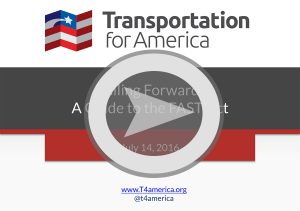 On July 14th, our policy team was joined by Mayor Chris Koos, T4America advisory board member and Mayor of Normal, Illinois, to discuss the FAST Act in detail, with a focus on the impacts for local communities.
On July 14th, our policy team was joined by Mayor Chris Koos, T4America advisory board member and Mayor of Normal, Illinois, to discuss the FAST Act in detail, with a focus on the impacts for local communities.
Did you miss the webinar? You can catch up with a recording of the presentation, the slides, and the questions that were asked & answered here.





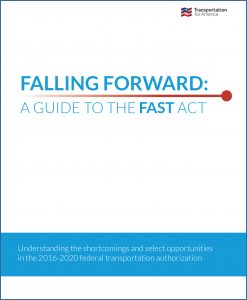









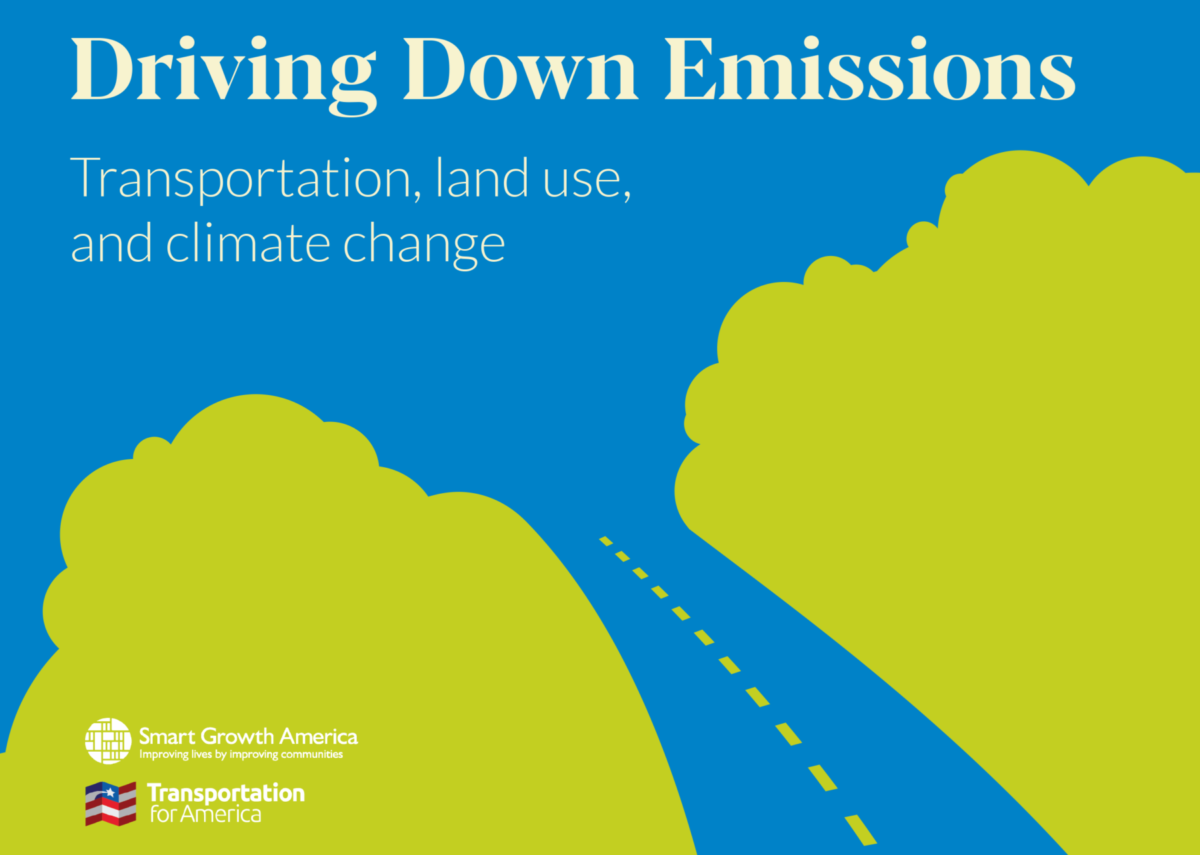
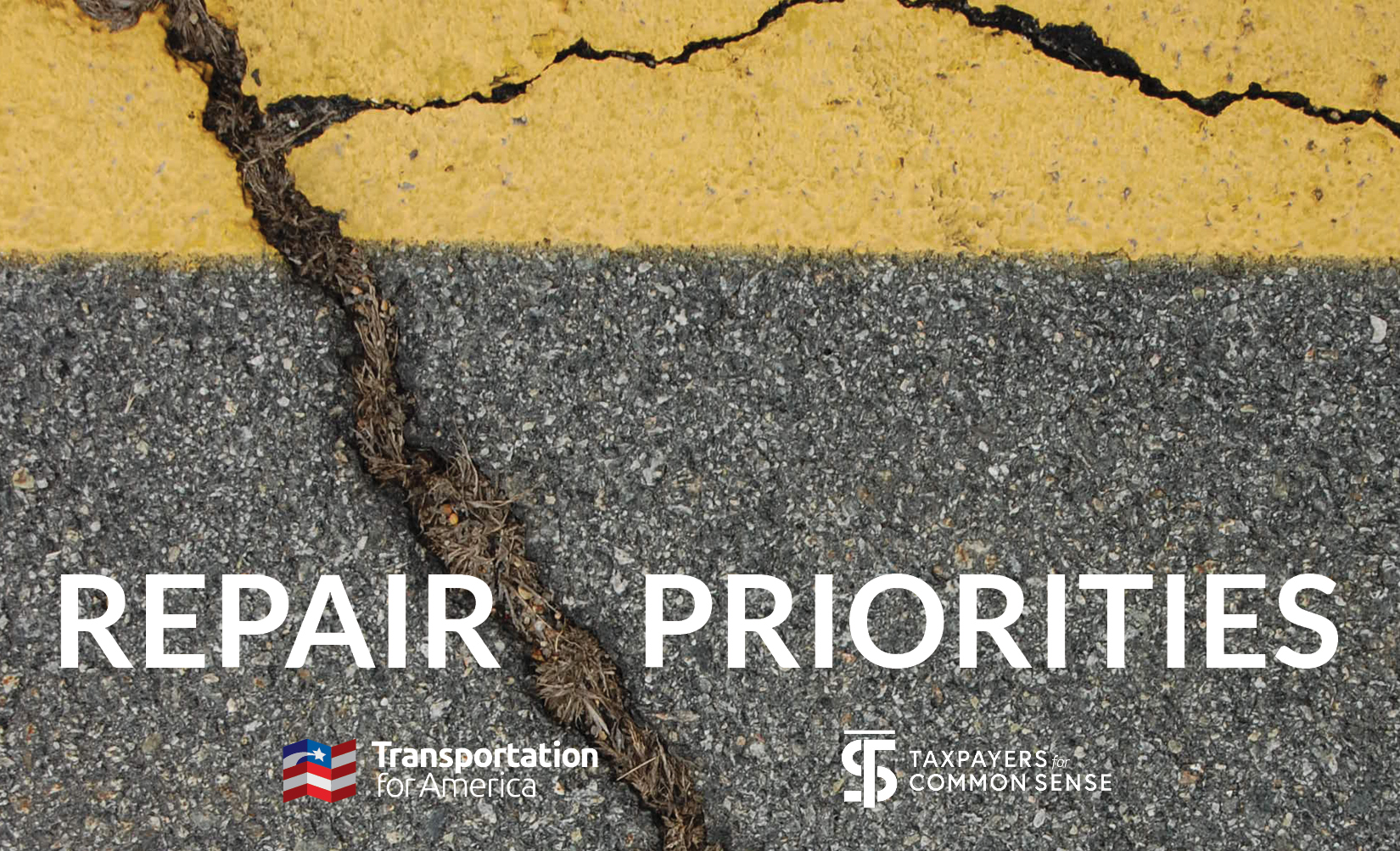
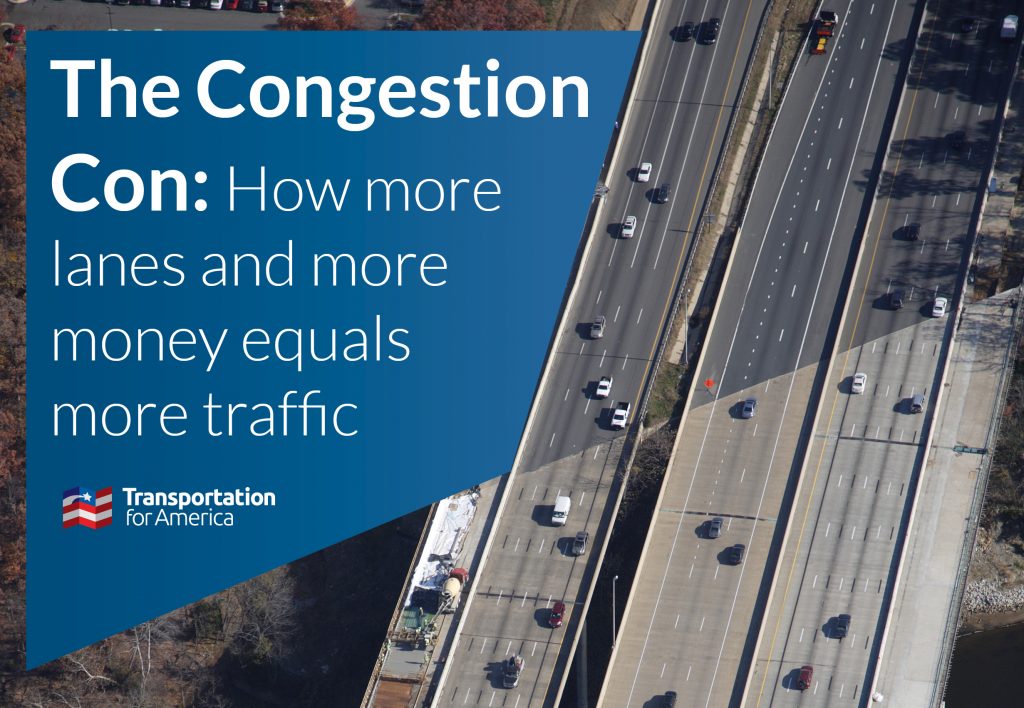
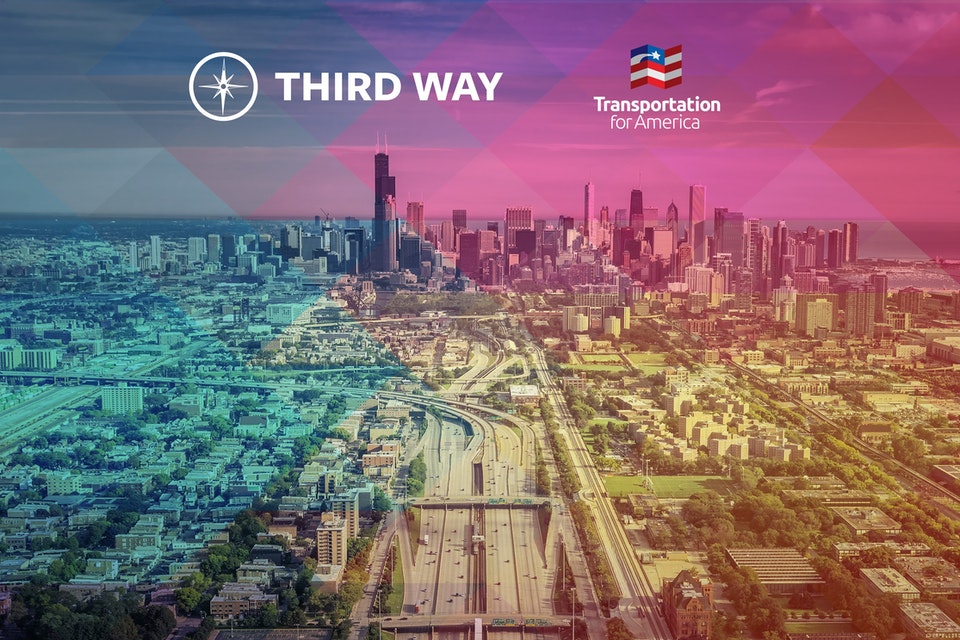

1 Comment